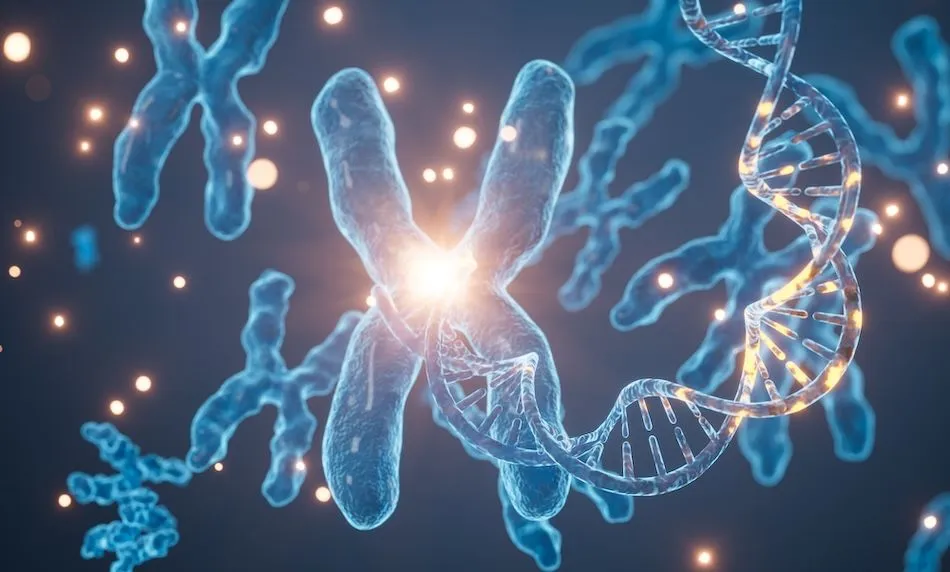Managing the Unique Side Effects of Talquetamamb with Dr. Ajai Chari, MD

We had the privilege of interviewing Dr. Ajai Chari from UCSF Health at the European Hematology Association in Madrid, where he informed us about talquetamab (Talvey, Johnson&Johnson) side effects in multiple myeloma patients.
What is Talquetamab?
Talquetamab is a bispecific monoclonal antibody that has been evaluated and approved for patients whose multiple myeloma has come back (relapsed) or is resistant to other lines of therapy (refractory). It can also be useful for patients who have received more than four lines of therapy and have developed an intolerance to specific treatments.
It helps immune system cells bind to a specific protein present in myeloma cells called GPRC5D and destroy the myeloma cell as a result. Talquetamab has shown a response rate of 70%, and progression-free survival is approximately 1 year. According to Dr. Chari, Talquetamab's advantage is that it’s the only medication in myeloma where progression-free survival in high-risk patients lasts as long as in other patients with standard risk.
Learn more about talquetamab and other bispecific antibodies with our free guide for patients and their loved ones:
Bispecific antibodies educational guide
What Are Talquetamab’s Side Effects?
Talquetamab can destroy myeloma cells, but it can affect other tissues in the body that express the protein talquetamab binds to, for example, tissues that contain large amounts of keratin, a protein found in nails, palms, soles of the feet, and tongue.
This explains why the most common side effects are loss of taste or changes in food taste, difficulty swallowing, rashes, brittle nails, and weight loss.
Although uncomfortable as all side effects are, talquetamab has the advantage of not presenting a death risk due to other side effects that other therapies have, such as infections, heart, lung, or gastrointestinal issues.
Can Talquetamab’s Side Effects be Avoided?
In the video above, you can learn about Dr. Chari’s recommendations for managing some common side effects, for example:
- Brittle nails are usually treated with nail hardeners; they are only a cosmetic issue.
- Skin issues like rashes can be controlled with a steroid cream.
- Loss or changes in taste can be more challenging since no treatment can correct that side effect in the short term.
Talquetamab has the advantage that the side effects can be prevented and managed with dose reductions or schedule modifications. Fortunately, as Dr. Chari says, these adjustments don’t affect Talquetamab’s efficacy.
In HealthTree Cure Hub, we have an extensive catalog called Side Effects Solutions, where patients treated with talquetamab and other myeloma therapies share what has worked for the side effects they have experienced.
Join Us at Our Upcoming Event on Talquetamab Side Effect Management!
Dr. Cesar Rodriguez, MD, from Icahn School of Medicine at Mount Sinai, discusses managing talquetamab's side effects. Whether you are currently receiving treatment or may receive it in the future, knowing what side effects you may experience and how to deal with them could make your treatment more comfortable.
Click the button below to watch the recording for our patient webinar:
We had the privilege of interviewing Dr. Ajai Chari from UCSF Health at the European Hematology Association in Madrid, where he informed us about talquetamab (Talvey, Johnson&Johnson) side effects in multiple myeloma patients.
What is Talquetamab?
Talquetamab is a bispecific monoclonal antibody that has been evaluated and approved for patients whose multiple myeloma has come back (relapsed) or is resistant to other lines of therapy (refractory). It can also be useful for patients who have received more than four lines of therapy and have developed an intolerance to specific treatments.
It helps immune system cells bind to a specific protein present in myeloma cells called GPRC5D and destroy the myeloma cell as a result. Talquetamab has shown a response rate of 70%, and progression-free survival is approximately 1 year. According to Dr. Chari, Talquetamab's advantage is that it’s the only medication in myeloma where progression-free survival in high-risk patients lasts as long as in other patients with standard risk.
Learn more about talquetamab and other bispecific antibodies with our free guide for patients and their loved ones:
Bispecific antibodies educational guide
What Are Talquetamab’s Side Effects?
Talquetamab can destroy myeloma cells, but it can affect other tissues in the body that express the protein talquetamab binds to, for example, tissues that contain large amounts of keratin, a protein found in nails, palms, soles of the feet, and tongue.
This explains why the most common side effects are loss of taste or changes in food taste, difficulty swallowing, rashes, brittle nails, and weight loss.
Although uncomfortable as all side effects are, talquetamab has the advantage of not presenting a death risk due to other side effects that other therapies have, such as infections, heart, lung, or gastrointestinal issues.
Can Talquetamab’s Side Effects be Avoided?
In the video above, you can learn about Dr. Chari’s recommendations for managing some common side effects, for example:
- Brittle nails are usually treated with nail hardeners; they are only a cosmetic issue.
- Skin issues like rashes can be controlled with a steroid cream.
- Loss or changes in taste can be more challenging since no treatment can correct that side effect in the short term.
Talquetamab has the advantage that the side effects can be prevented and managed with dose reductions or schedule modifications. Fortunately, as Dr. Chari says, these adjustments don’t affect Talquetamab’s efficacy.
In HealthTree Cure Hub, we have an extensive catalog called Side Effects Solutions, where patients treated with talquetamab and other myeloma therapies share what has worked for the side effects they have experienced.
Join Us at Our Upcoming Event on Talquetamab Side Effect Management!
Dr. Cesar Rodriguez, MD, from Icahn School of Medicine at Mount Sinai, discusses managing talquetamab's side effects. Whether you are currently receiving treatment or may receive it in the future, knowing what side effects you may experience and how to deal with them could make your treatment more comfortable.
Click the button below to watch the recording for our patient webinar:

about the author
Jimena Vicencio
Jimena is an International Medical Graduate and a member of the HealthTree Writing team. She has a passion for languages and is currently learning Japanese. In her free time, she loves playing with her cats. Jimena is also pursuing a bachelor's degree in journalism.
More on Conferences
Trending Articles




Get the Latest Multiple Myeloma Updates, Delivered to You.
By subscribing to the HealthTree newsletter, you'll receive the latest research, treatment updates, and expert insights to help you navigate your health.
Together we care.
Together we cure.
3x Faster.









